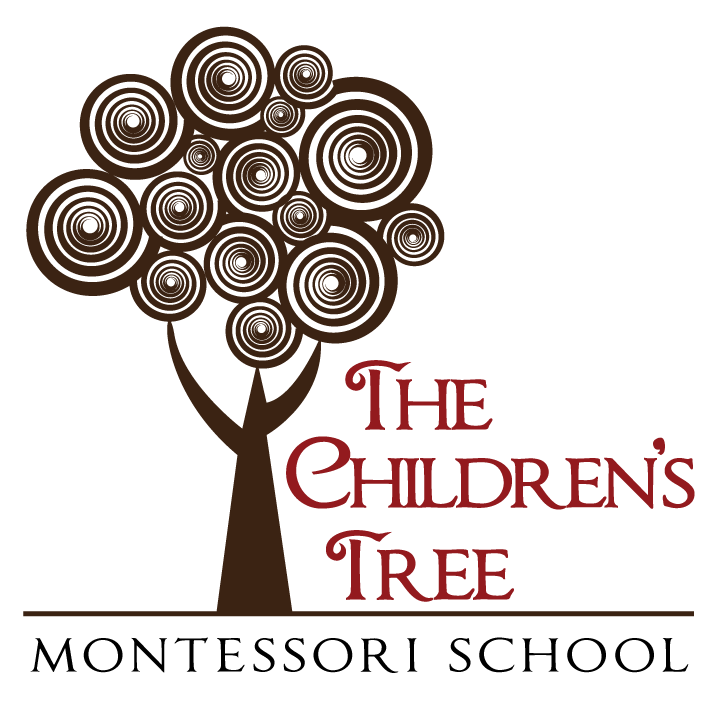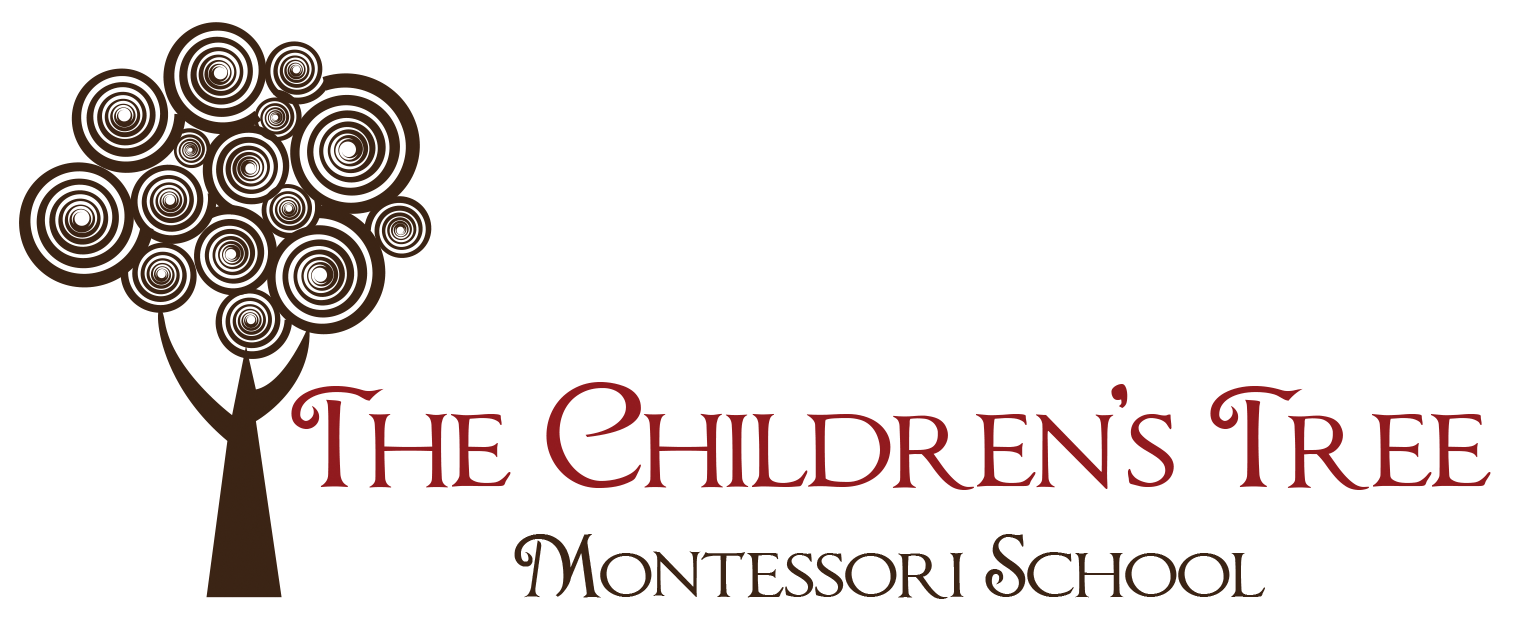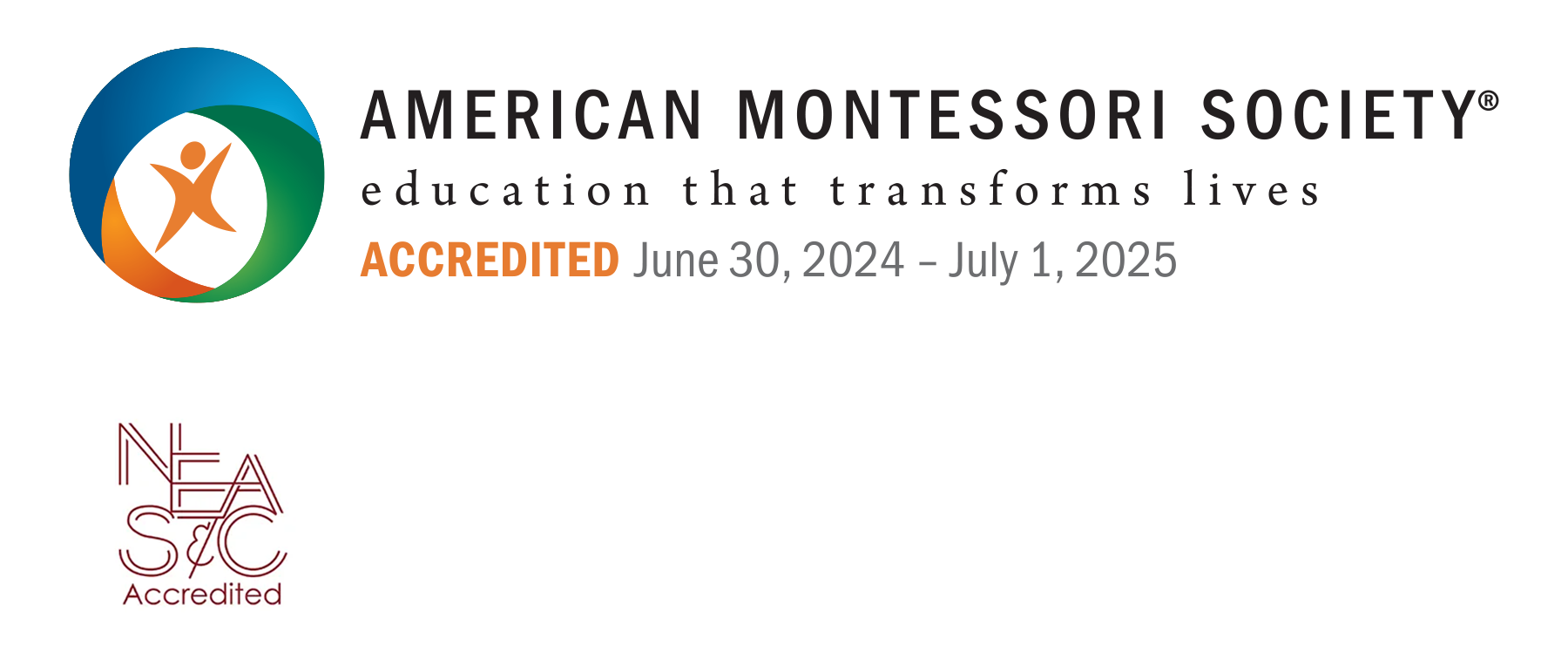Elementary Science Exploration
"The elementary child has reached a new level of development. Before he was interested in things: working with his hands, learning their names. Now he is interested mainly in the how and why… the problem of cause and effect."
-Maria Montessori
Life Sciences
Children get to experience things, exploring not only through 2 dimensional items such as books, and identification cards but also by understanding the actual object from nature. Being able to watch, touch, and take care of the object of study and interest allows the child to concretely expand his knowledge, and make a connection that would be lost without the actual experience of a concrete
In contrast to the traditional classroom, where the learning is top-down, mostly from the teacher to the students, in Montessori classrooms, and more in line with what developmental psychologists know about children.
Learn science
Students are encouraged to learn to recognize and name local trees, flowers, birds, and animals. They learn to recognize familiar plants by their leaves, bark, and seeds. By looking at animal tracks, they can determine which animals live in the area. The study of the internal and external anatomy of plants and animals likewise gives children a new level of awareness and sensitivity in their observation and study of life. They compare different anatomical systems among species, such as the eyes, teeth, hooves, and claws of various animals.
Earth Sciences
The earth sciences are introduced at age 6 and explored in depth throughout the Montessori elementary experience.
As in all areas of the elementary curriculum, Earth Sciences: physics, chemistry, etc., begin with the overview and progress to details. The child learns the functioning of the galaxies, the universe, then solar systems, the formation of Earth, seasons, natural wonders, the weather, rocks and minerals, etc.
Older children often come to lessons given to the younger children, and younger children are welcome at lessons given to their elders. Each year the child sees more interrelatedness between these areas because lessons and experiments are going on all the time at all levels. This annual repetition leads to deeper understanding as the child incorporates his own experience of another year of life.
Life Sciences
Children get to experience things, exploring not only through 2 dimensional items such as books, and identification cards but also by understanding the actual object from nature. Being able to watch, touch, and take care of the object of study and interest allows the child to concretely expand his knowledge, and make a connection that would be lost without the actual concrete experience.
In contrast to the traditional classroom, where the learning is top-down, mostly from the teacher to the students, in Montessori classrooms, and more in line with what developmental psychologists know about children.
Maritime Science
Through experiential studies students build awareness of the resources obtained from the river and the sound, beginning their journey to becoming stewards of the waterways.
Partnerships with CT River Museum and Mystic Seaport allow students to explore and learn to not only navigate the waterways with vessels, but study the complex relationships between humans and the land, oceans and atmosphere.
The maritime curriculum builds as the children grow. The adolescent program will continue studies through internships, conservation partnerships, experiential learning, and commerce.
Earth Sciences
The earth sciences are introduced at age 6 and explored in depth throughout the Montessori elementary experience.
As in all areas of the elementary curriculum, Earth Sciences: physics, chemistry, etc., begin with the overview and progress to details. The child learns the functioning of the galaxies, the universe, then solar systems, the formation of Earth, seasons, natural wonders, the weather, rocks and minerals, etc.
Older children often come to lessons given to the younger children, and younger children are welcome at lessons given to their elders. Each year the child sees more interrelatedness between these areas because lessons and experiments are going on all the time at all levels. This annual repetition leads to deeper understanding as the child incorporates his own experience of another year of life.


